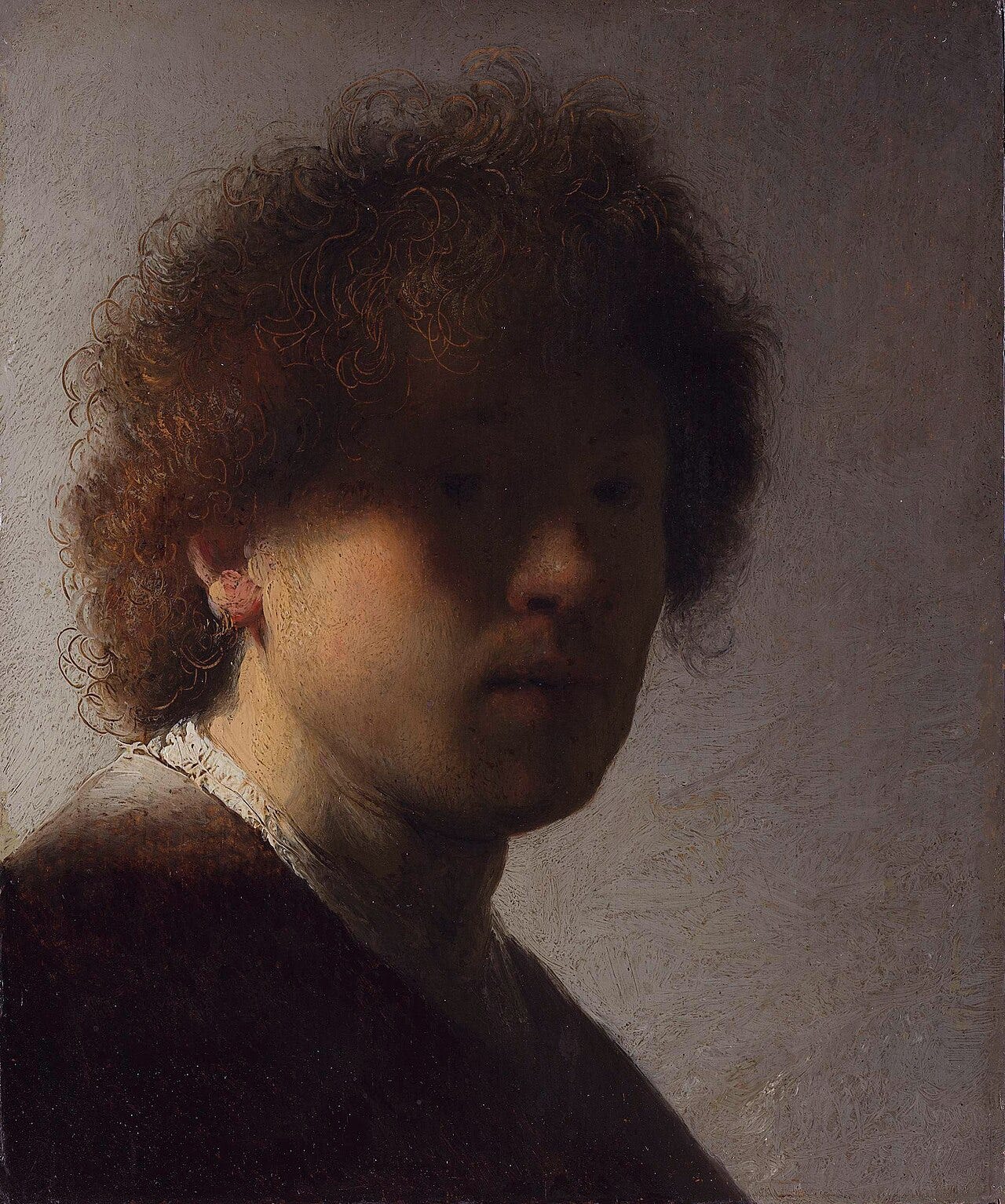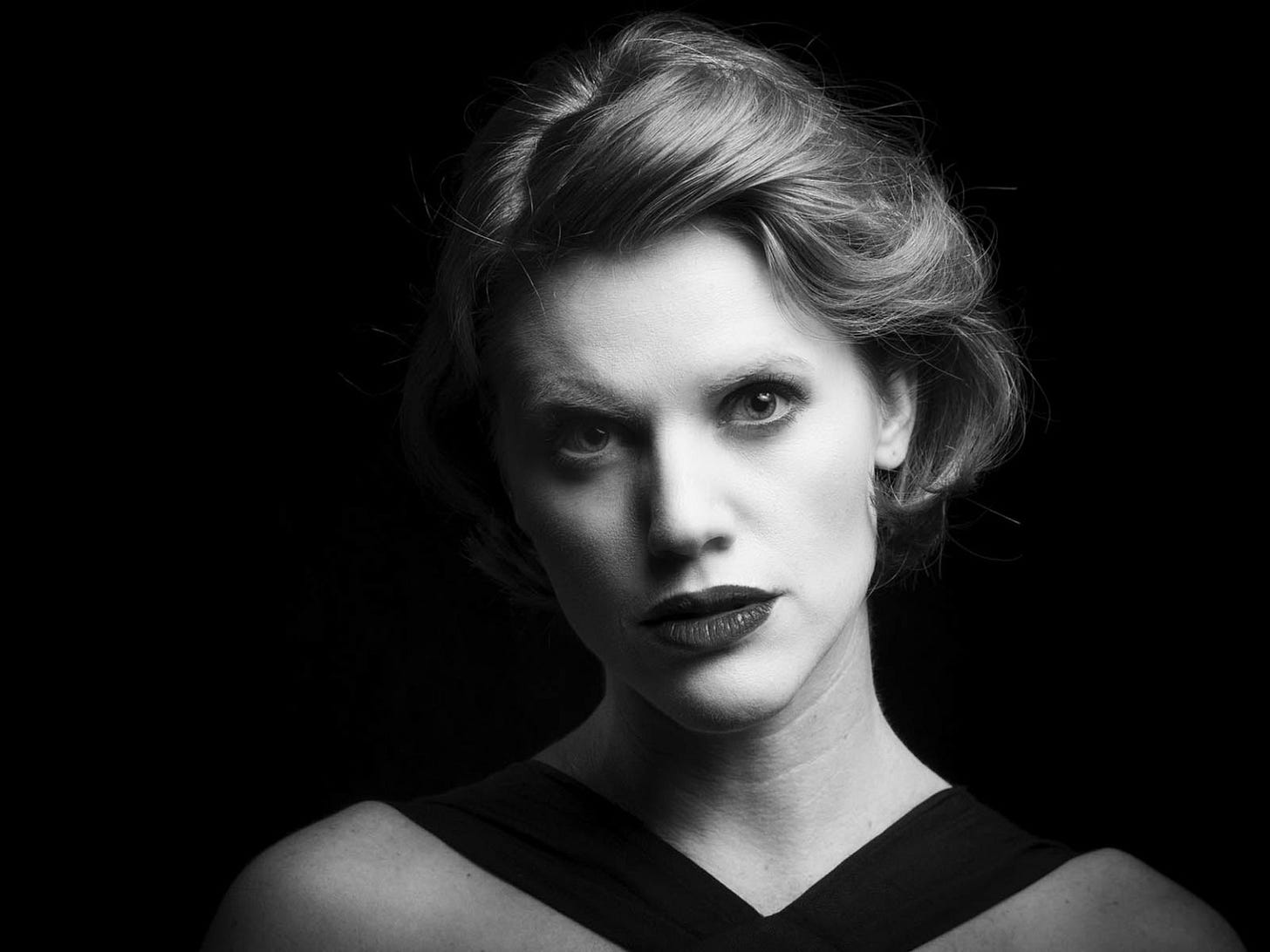When Light Spoke: Rembrandt’s Quest to Capture Its Soul
Robert Hughes once said, “Rembrandt made light a poet, and we’re all still reading his verses.” The man himself, his mind, his world, and his almost supernatural knack for making light dance. Rembrandt had eyes like a hawk, catching how sunlight spills through a cracked window, pooling on the floor in golden patches. He noticed how it softens at the edges and how it warms a wooden chair until it glows like honey. This wasn’t casual observation it was a love affair. He was the guy who’d stare at a candle flame for hours, mesmerized by how it flickers, casting shadows that writhe like living things. That’s the kind of poetic fire we’re dealing with, Rembrandt didn’t see light as a tool; he saw it as a storyteller and a muse.
Rembrandt’s skill wasn’t only observation but also imagination. He dreamed up how light could sculpt a face, make it radiant with hope or heavy with sorrow. He had this uncanny ability to feel light’s emotion. To him, a burst of sunlight was joy, a dim glow was melancholy, and a sharp beam was drama. He’d taught his students to think of light as a character, not a backdrop, studying how light bends through a glass of wine, scattering ruby glints, or how it catches a passerby’s wool cloak, making it shimmer like velvet. That’s why his work feels alive, like the light’s got a pulse. Art historian Svetlana Alpers put it perfectly, “Rembrandt didn’t chase light; he stalked it, like a hunter with a heart.” He was relentless, cataloging light’s every mood in his mind.
Rembrandt performed obsessive experiments with optical tools like lenses, mirrors, and camera obscura, a collection of oddities that would make any 17th-century scholar jealous. His experiments weren’t isolated tricks but a symphony of interplay, blending tools to unravel light’s language. He set up complex setups, like a lens paired with a mirror to catch a candle’s glow, sending it ricocheting across the studio in a cascade of glints, or used a camera obscura with a convex lens to project a street scene, tweaking the angle to make it glow like dawn or blur like dusk. He studied how light shifted on different surfaces, polished brass versus worn burlap, watching how a mirror’s sharp reflection differed from a lens’s soft scatter. In the gloom of his shuttered studio, he spent hours by candlelight, tilting lenses to make flames bloom into halos or mirrors to stretch shadows into eerie shapes, each test a lesson in light’s emotional weight.
His experiments with light laid the foundation for the modern photographic technique known as Rembrandt lighting. A technique where light falls on one side of the face, leaving the other partially in shadow, but with a distinctive triangular patch of light under the eye on the shadowed side. Think of a black-and-white headshot of an actor, one cheek glowing, the other softened by shadow, with that telltale triangle, catching the eye like a spark. The technique’s versatility shines in everything from fashion shoots to indie films, where a single light source and a reflector can turn a flat image into a story. His ability to make light sing with emotion invites us to explore how a 17th-century artist’s curiosity continues to shape the way we capture the human soul today.






